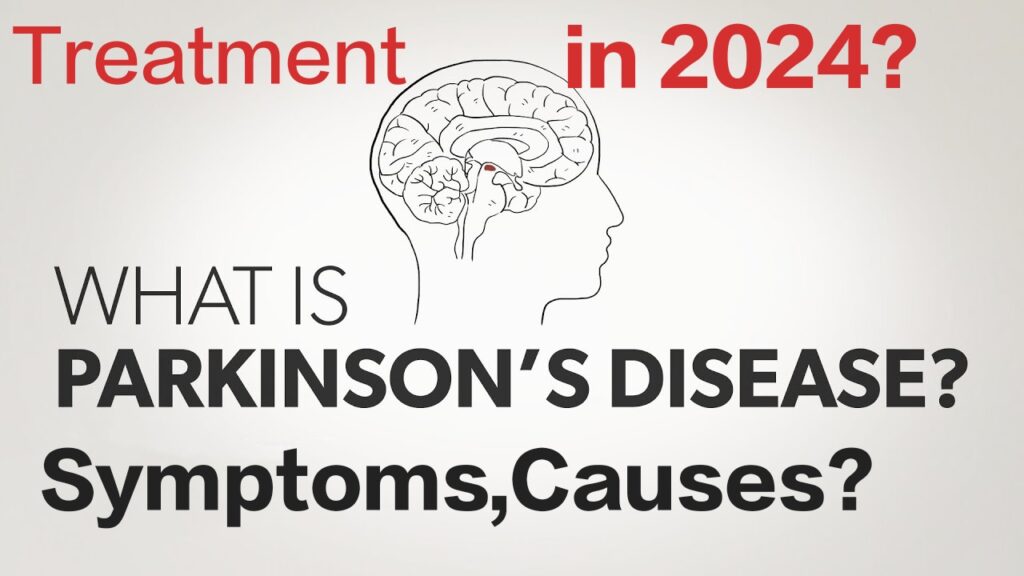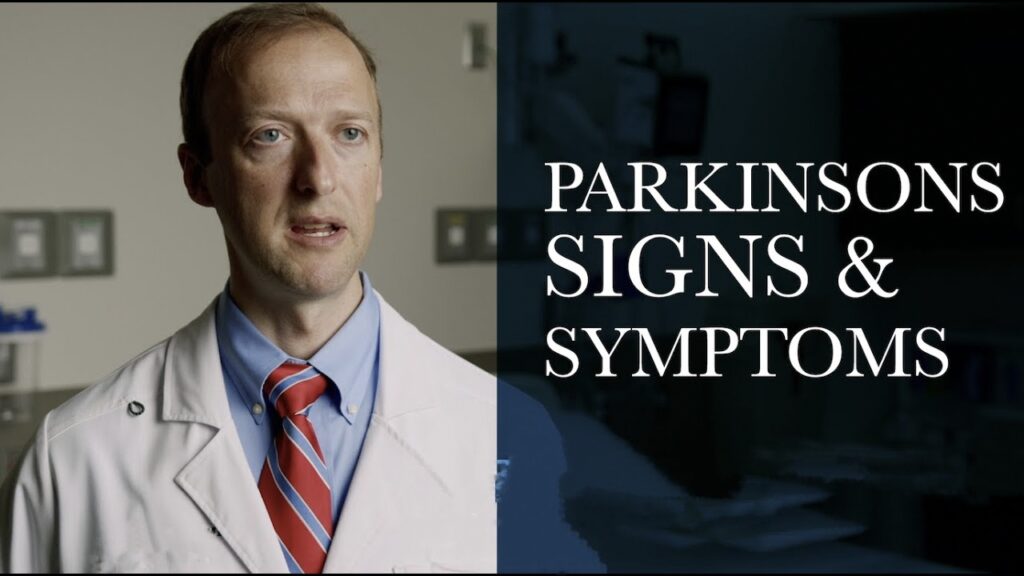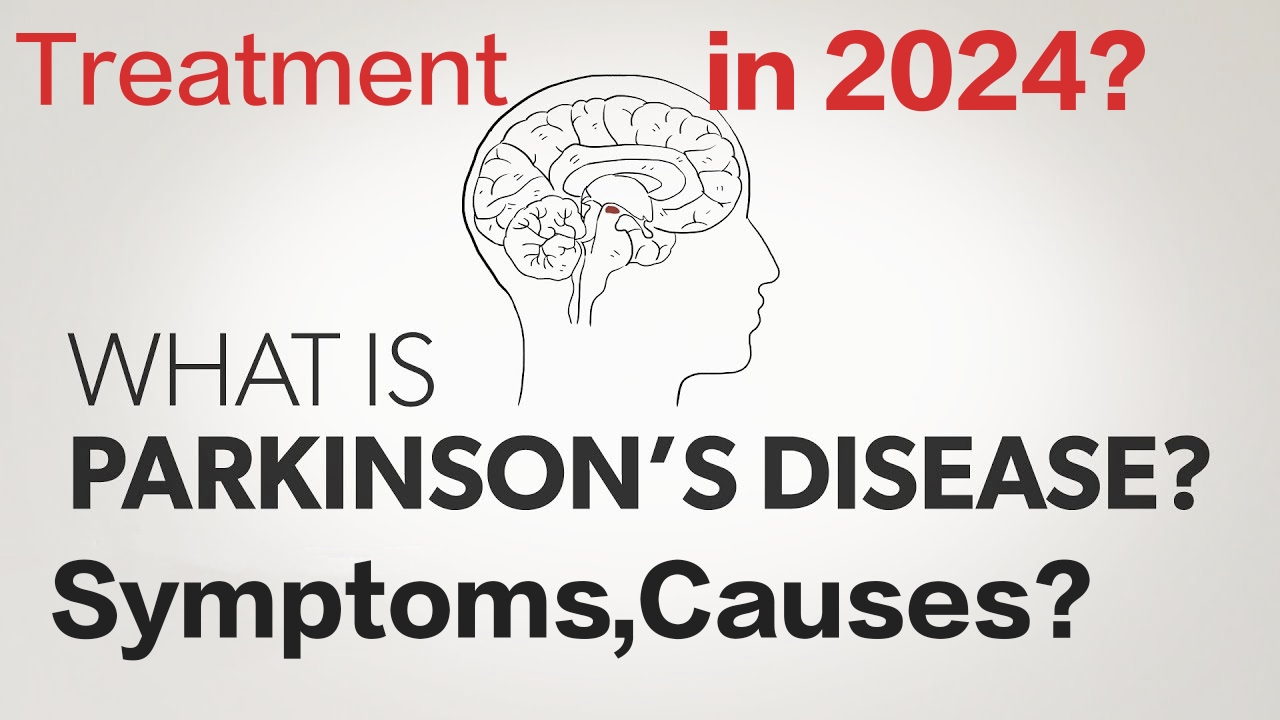Introduction:
Parkinson’s disease is a progressive neurological disorder that affects movement, causing symptoms that worsen over time. This blog aims to provide a comprehensive overview of Parkinson’s disease, including its causes, symptoms, diagnostic processes, and the latest Parkinson’s disease treatment 2024.

Table of contents
What is Parkinson’s Disease?
Parkinson’s disease is primarily characterized by the degeneration of dopamine-producing neurons in the brain, particularly in a region called the substantia nigra. This decrease in dopamine levels leads to the motor symptoms commonly associated with the disease.
Causes of Parkinson’s Disease:
Genetic Factors:
While most cases are sporadic, approximately 10% of cases have a genetic component.
Environmental Factors:
Exposure to certain toxins and chemicals is believed to increase the risk of developing Parkinson’s.
Age:
The majority of cases are diagnosed in people over 60, though younger individuals can also be affected.
Symptoms of Parkinson’s Disease:

Tremor:
A tremor, or shaking, usually begins in a limb, often your hand or fingers.
Slowed Movement (Bradykinesia):
Over time, Parkinson’s disease may slow your movement, making simple tasks difficult and time-consuming.
Rigid Muscles:
Muscle stiffness may occur in any part of your body.
Impaired Posture and Balance:
Your posture may become stooped, or you may have balance problems.
Loss of Automatic Movements:
There may be a decrease in the ability to perform unconscious movements, including blinking, smiling, or swinging your arms when you walk.
Diagnosis of Parkinson’s Disease:
Diagnosis is primarily clinical, with doctors looking for key motor symptoms and ruling out other disorders. Brain scans and other laboratory tests can also be used to confirm the diagnosis or rule out other conditions.
Parkinson’s disease treatment 2024:
Medications:
Medications can help manage problems with walking, movement, and tremor by increasing the brain’s supply of dopamine.
Physical Therapy:
Helps with mobility, flexibility, and balance.
Surgical Procedures:
Deep brain stimulation (DBS) remains a viable option for patients who do not respond to medications.
Emerging Therapies:
Research into gene therapy, stem cell transplants, and new medications continues to evolve, promising potential future treatments.
Living with Parkinson’s Disease:
Managing Parkinson’s disease is challenging but possible, with strategies ranging from lifestyle adjustments, support groups, and continuous medical care. It is crucial for patients and caregivers to seek support and stay informed about new developments in treatment strategies.
Conclusion:
Parkinson’s disease remains a challenging neurological disorder, but advances in medical science are continually improving the quality of life for those affected. Understanding the disease, its symptoms, and the latest treatment options is crucial for managing its progression effectively.
READ MORE ABOUT PARKINSON’S DISEASE
FAQs About Parkinson’s Disease:
While having a family member with Parkinson’s can increase your risk, most cases are sporadic and occur without a known family history.
Currently, there is no cure for Parkinson’s disease, but treatments are available to help control symptoms and improve quality of life.
Early signs include tremor, particularly in one hand, slowed movement, and stiff muscles.
Treatment typically involves medications, physical therapy, and possibly surgical interventions to manage symptoms and improve function.

1 thought on “Parkinson’s Disease: Causes, Symptoms, and Parkinson’s disease treatment 2024”